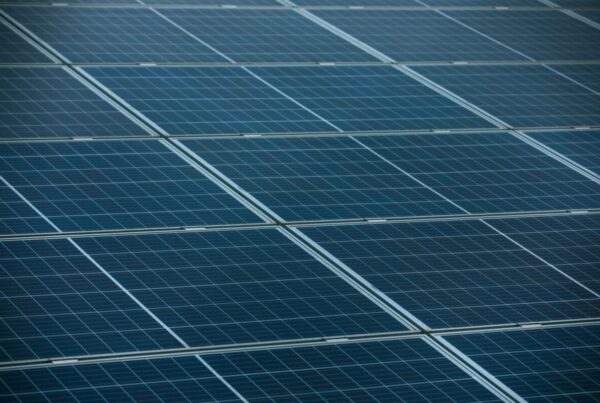
US community solar installations will return to growth in 2024 after year-over-year declines of 6% in 2022 and 13% in the first quarter of 2023, Wood Mackenzie said on Tuesday.
In spite of the falls, caused by supply chain uncertainty, as well as interconnection issues in key state markets such as Massachusetts and Maine, community solar installations are expected to exceed 6 GW of cumulative capacity in 2023. According to the report released by Wood Mackenzie in collaboration with the Coalition for Community Solar Access (CCSA), they will grow by an annual average of 8% over the next five years, reaching nearly 14 GW of cumulative capacity by 2028. This forecast does not factor in potential uplift from any new programmes.
“Near-term growth is driven by the continued success of programmes in New York and Illinois as well as positive policy updates in Maryland, Minnesota, and New Jersey. In addition, California’s newly proposed programme has the potential to represent 20% of Wood Mackenzie’s national outlook between 2024 and 2028,” said Wood Mackenzie research analyst Caitlin Connelly.
The analyst firm also mentioned that recent guidance related to the Inflation Reduction Act (IRA) suggests that meeting the criteria for multiple investment tax credit (ITC) adders could pose a challenge. While community solar developers are eligible for any of the three ITC bonus adders, they are are most likely to seek the low-income communities (LMI) adder first, according to the report.
Community solar will also benefit from the Greenhouse Gas Reduction Fund (GGRF), particularly the US Environmental Protection Agency Solar for All fund within the GGRF which will award up to USD 7 billion in funds to support community solar programmes with an emphasis on low-income communities.
Additionally, the report shows that subscriber management companies Arcadia, Perch Energy and Ampion currently manage over 50% of the community solar market.
Choose your newsletter by Renewables Now. Join for free!






